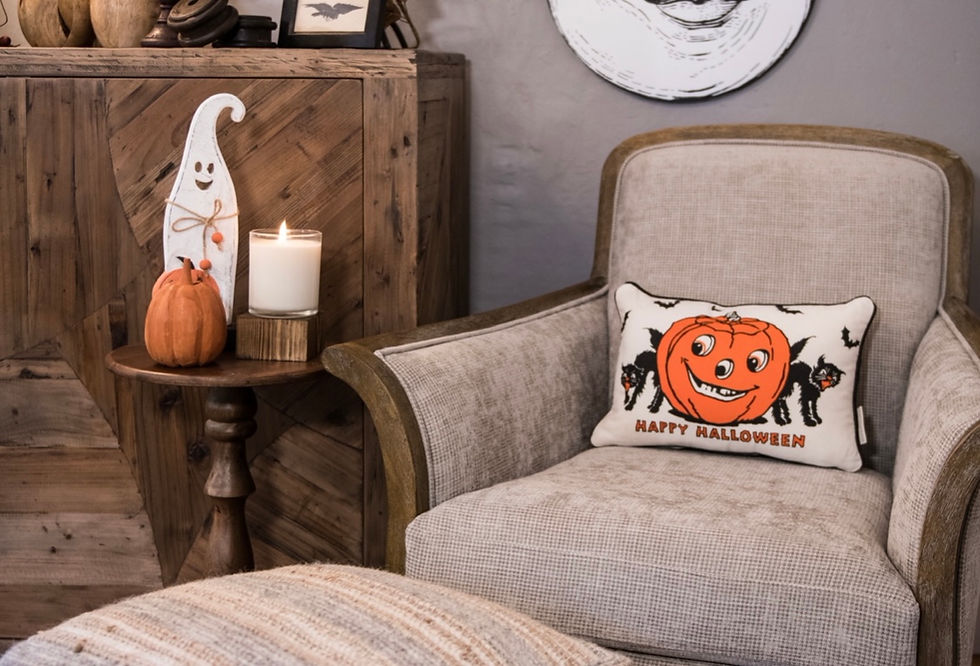Did You Know These Interesting Facts About Sterling, Massachusetts?
- Sterling & Maple Team

- Oct 16
- 3 min read
Written by Sterling & Maple Team
Sterling, Massachusetts, may be a small New England town, but it has a big personality when it comes to history, folklore, and local charm. Beyond its rolling orchards and cozy rural feel, Sterling is sprinkled with quirky tales and fascinating “Did you know?” moments that give it a truly unique identity.
Mary Had a Little Lamb – With a Twist
Did you know the famous nursery rhyme Mary Had a Little Lamb was inspired right here in Sterling? Local girl Mary Sawyer brought her real pet lamb to school one day, causing such a stir that her classmates never forgot it. But here’s the quirk: Mary later kept scraps of her lamb’s wool and even knitted them into stockings, pieces of which were sold to raise money at a church fair. Imagine buying a “souvenir” from the world’s most famous lamb!
The Redstone Schoolhouse Mystery

Sterling’s connection to Mary’s lamb runs deep, but did you know the schoolhouse where Mary studied was actually moved to Sudbury in the 1920s by Henry Ford himself? He was so fascinated by the story that he preserved it at his Wayside Inn complex. And back home? The replacement schoolhouse in Sterling mysteriously burned down in 1951, sparking whispers of the so-called “lamb’s curse.”
Civil War Statue Mix-Up
On the town common stands a Civil War monument that locals are proud of—but here’s a quirky fact: when it was first unveiled, townspeople realized the soldier statue looked suspiciously like he was wearing a Confederate uniform! A strange and somewhat embarrassing twist for a proud Union town.
Haunted Farmhouse Legends
Sterling’s countryside isn’t all sunshine and apple orchards. Did you know some residents still talk about a haunted farmhouse near the Still River? Stories tell of ghostly lantern lights flickering through the night. While some chalk it up to swamp gas, others swear by the spirits of early settlers.
Forgotten Rails & Dairy Dreams
Once upon a time, Sterling had its own railroad line connecting it to Worcester and Fitchburg. Today, pieces of the old railbed hide as walking paths in the woods. And in the late 1800s, the town wasn’t known for sheep or orchards at all—it was known for its dairy farms, producing some of the creamiest milk and richest butter in the state.
Community Spirit Through the Years
Did you know during the Blizzard of ’78, Sterling residents opened churches and schools to stranded motorists? Or that in the early 1900s, the town held sheep-themed fundraisers where people could buy “shares” in sheep to support civic projects? Sterling has always had a knack for blending charm, creativity, and community.

A Town That Nearly Wasn’t
Before Sterling became Sterling, it was just part of Lancaster. Did you know locals actually fought for separation because Lancaster’s town center was “too far away”? In 1781, at the height of the Revolutionary War, Sterling declared independence and became its own town.
Why We Love These Stories
At Sterling & Maple Design House, we take inspiration from these quirks and folk tales. Just like Sterling itself, every space has a story—sometimes charming, sometimes mysterious, but always worth telling. After all, good design, like good history, comes alive when you dig a little deeper.
Did you know your own home might be hiding stories waiting to be told through thoughtful design? Let’s bring them to life together.

.png)


Comments